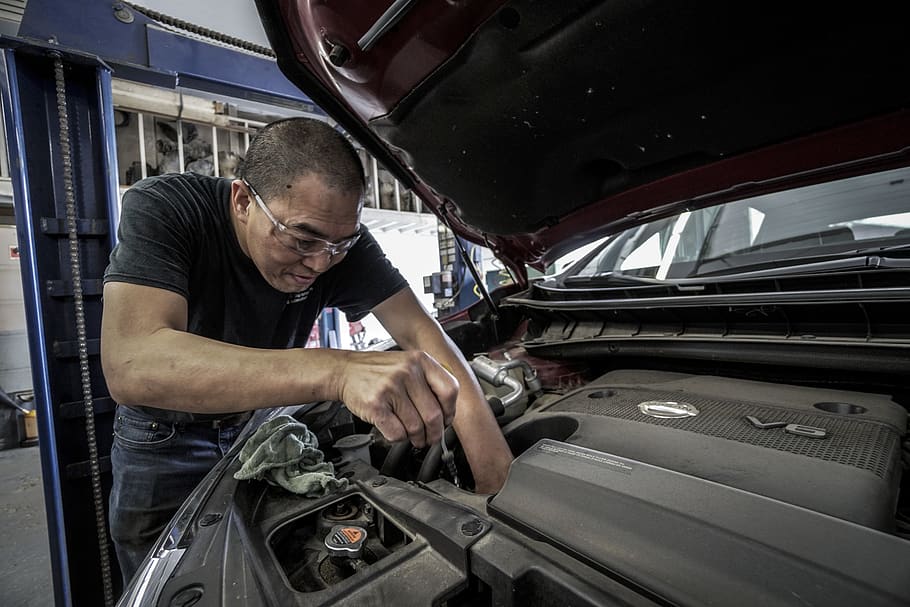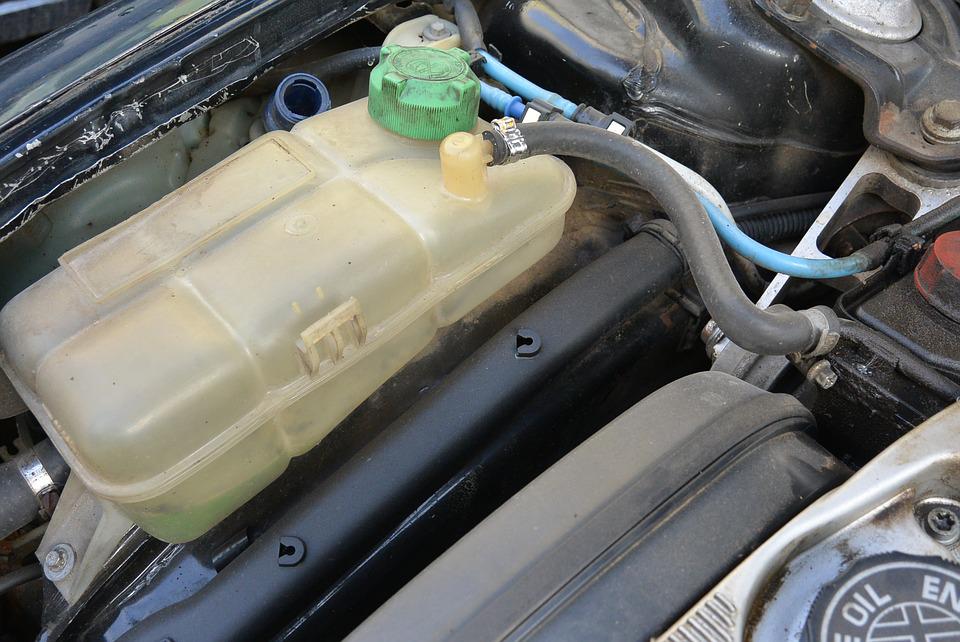Contents
– Role of the expansion tank
– Maintenance of the expansion tank
The expansion tank is a part of the cooling system, also known as a jar or feeder.
Its role is vital for the cooling system. We take a look at it.
Role of the expansion vessel
The cooling system is pressurised, and it is the expansion tank that determines this pressure. It is also a liquid reserve where the circuit is filled.
Expansion tank: description
It is a tank that can be independent of the radiator or attached to it; it has 2 levels: 1 minimum and 1 maximum level:
– These levels allow the variation of the coolant volume with the increase of the temperature.
– It can also have a level sensor that warns you on the dashboard of a lack of liquid.
What is the purpose of pressurisation?

The pressurisation of the cooling system helps reduce the coolant’s boiling point. Indeed, when the liquid boils, it forms pockets of gas that prevent the circulation of fluid and cooling, hence the interest in delaying the boiling point.
For pressurisation of 1 bar, the boiling point of the liquid is pushed back by 18°C (the boiling point at atmospheric pressure of a conventional coolant is 107°C)
How is pressurisation achieved?
A closing cap caps the expansion tank. This cap is not watertight and consists of 2 valves:
– an overpressure valve: this valve, set at between 0.5 and 2 bars, depending on its characteristics, allows the pressurisation of the circuit;
– a vacuum valve: when the vehicle stops, as it cools, the coolant volume decreases and negative pressure (vacuum) is created in the cooling circuit (lower than atmospheric pressure). At this point, the vacuum valve opens, allowing atmospheric pressure to be built up and preventing the hoses from collapsing.
Maintenance of the expansion tank
Levelling the coolant
When topping up the coolant, you should take the following precautions:
– For your safety, never unscrew the expansion tank cap when the engine is hot, as this can cause severe burns.
– The level should preferably be adjusted when the engine is cold and between the minimum and maximum level.
– Never fill the expansion tank, as the excess liquid will be expelled through the pressure relief valve when the engine is hot.
– Never add water. You may no longer protect the circuit against the cold (water freezes at 0°C, while the coolant protects between -25°C and -35°C).
Refilling the system
After draining the cooling system (periodicity of 2 to 4 years depending on the manufacturer and the type of liquid), here are some recommendations for filling the system via the expansion tank:
– Fill with a suitable quality liquid that corresponds to the manufacturer’s recommendations.
– Open the drains (from 0 to 3 depending on the model, they are used to evacuate air pockets).
– When filling, check that you are introducing the volume of liquid corresponding to the capacity of the circuit (if not, you may have forgotten to open the drain).
– Once the system and the tank are full, run the vehicle until the fan starts, let it cool down and top up the level if necessary.
Tip: one last recommendation is to place a cardboard box under the vehicle and check that there are no traces of liquid under the car with the engine running.
Hope this post helps you with the maintenance of your car cooling system. Remember to share your experience in the comments below.

